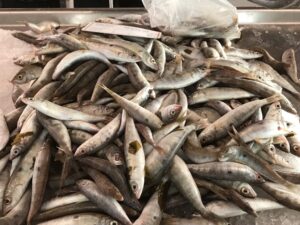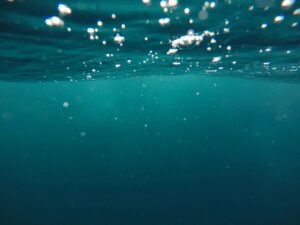‘Natural’ textile fibres may be an even bigger environmental threat than microplastic pollution, new research by the University of Nottingham has found.
Academics found that ‘natural’ textile fibres were present in a much higher percentage of freshwater and atmospheric samples from roofs and rivers than microplastic fibres, which include polyester and nylon.
The results of the study raise questions about how well we understand the plastic alternatives we are turning to as microplastic pollution gets higher up the public agenda.
Tom Stanton, lead researcher on the study, said: ‘Whilst they may not be plastic, ‘natural’ textile fibres are far from a solution to the textile industry’s contribution to plastic pollution.
‘The production of cotton is incredibly water intensive, and the methods used to process natural fibres often introduce a myriad of harmful chemicals into waters used for bathing and drinking.’
Over the course of a year, experts from the University of Nottingham collected 223 samples from 10 sites including the River Trent, the River Leen and the River Soar, as well as four roofs from the university’s teaching campuses.
Surprisingly, ‘natural’ textile fibres – such as cotton and wool – made up 93% of the textile fibres they found, with the fibres absent from just 9.3% of samples. Microplastic fibres, in comparison, were absent from 82.8% of samples.
Microplastic pollution has come under greater public scrutiny in recent years, with many companies turning to natural fibres as they attempt to minimise the amount of plastic they use.
While ‘natural’ fibres are biodegradable and are therefore seen as less of an environmental threat, they too entail potentially hazardous processes, the authors of the study have pointed out.
For example, commercial cotton production requires large quantities of water, herbicides and pesticides, while textile wastewater has long been recognised as a source of chemical pollution.
The authors of the study have therefore warned against misunderstanding the impact of natural fibres and stressed that further work must go into understanding their environmental effects.
‘As our research shows, there is a high percentage of natural fibres in our water – and we don’t really understand what impact this might have on the environment,’ Stanton added.
‘What do we really know about the alternatives we are using in our efforts to curb plastic pollution? Much more needs to be done, before we can confidently say which of the alternatives available to us are the best for our planet.’
The study was just one conducted by the University of Nottingham to assist with the UN’s Sustainable Development Goal relating to clean water and sanitation for 2030.















